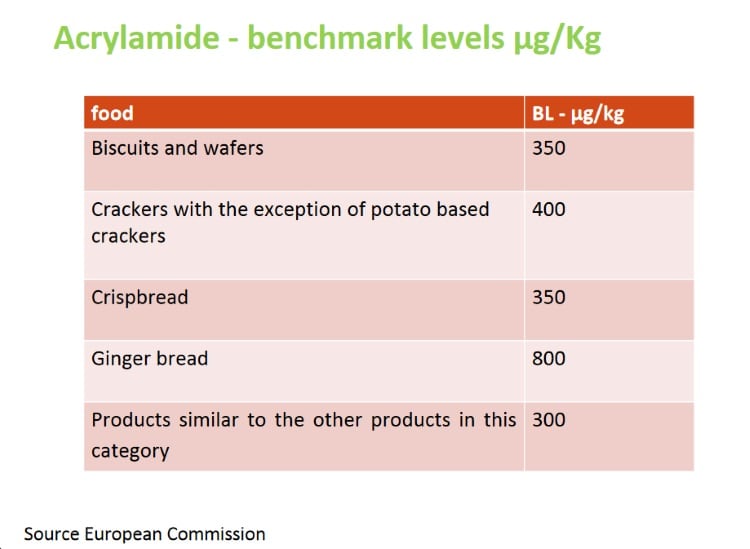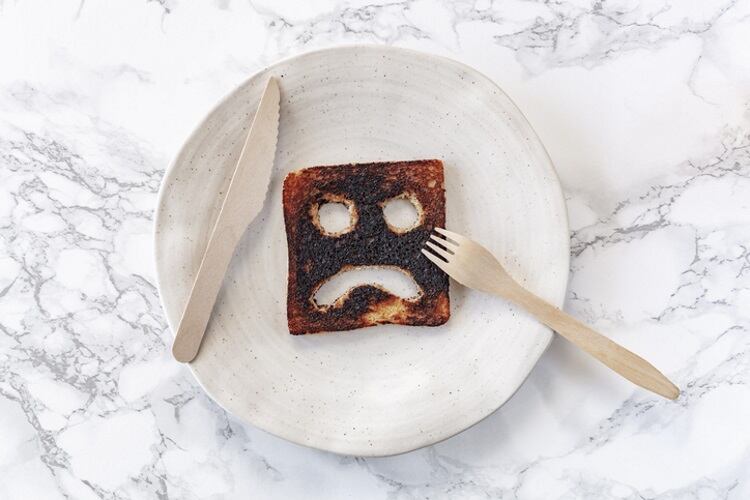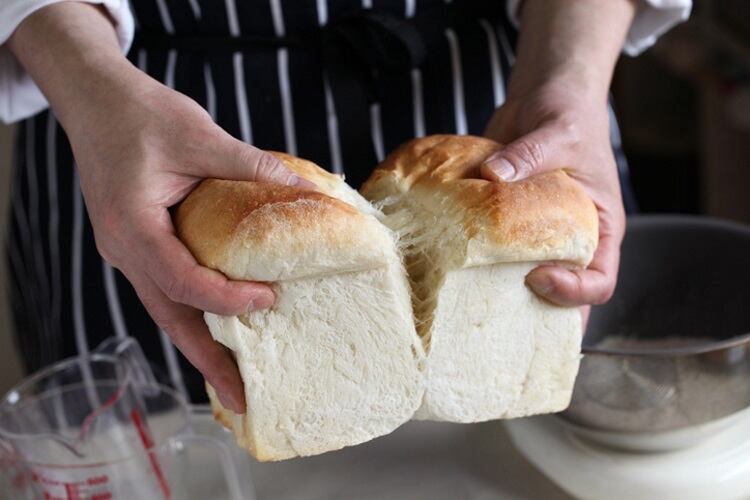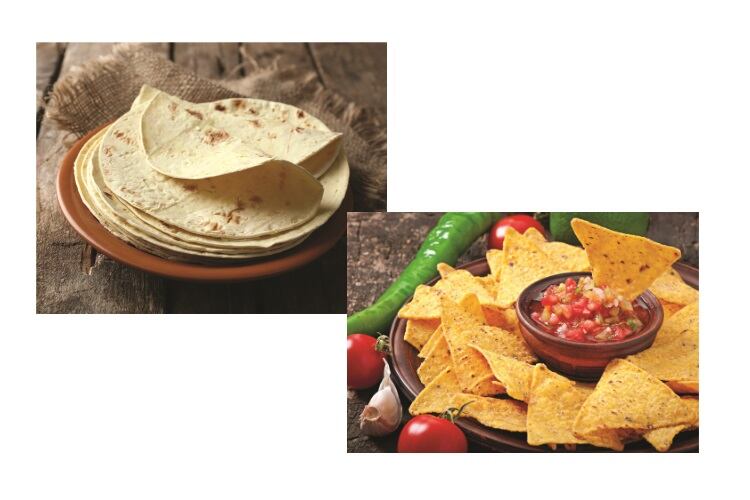Acrylamide (AA) is a toxic compound formed during high-temperature cooking of starchy and fried foods, including crisps, cereals, crackers, bread (toasted and untoasted) and biscuits.
The predominant mechanism in AA formation is due to the Maillard reaction, a chemical reaction between amino acids and reducing sugars that creates flavour and changes the colour of food.
The toxicity of AA has long been known, thanks to studies conducted on rats, which developed genetic mutations and tumours after being subjected to AA orally.
In fact, the International Agency for Research on Cancer (IARC) classified acrylamide as a ‘probable human carcinogen’ in 1994. Back then, the chemical was primarily used to make substances called polyacrylamide and acrylamide copolymers, used in the production of paper, dyes and plastics, the treatment of drinking water and wastewater, and for food packaging and some adhesives.
It was only in 2002 that AA was discovered in foods rich in carbohydrates and cooked at temperatures higher than 120°C (248°F) by Eritrean scientist Eden Tareke.
Mounting evidence
Subsequently, a massive amount of scientific evidence has confirmed the neurotoxic and carcinogenic potential in animals and the risks for human health. In 2015, the EFSA published a comprehensive risk assessment, highlighting that exposure of AA in fried potato products is 49%, while biscuits carry a 23% exposure.
It is noteworthy that the problem is receiving increasing attention worldwide and while numerous studies are still investigating the AA content in foods of different categories, very few have focused on evaluating the ‘safe’ quantity of AA in foods for infants and children, despite this age group being the most exposed to risks.
Results of a probabilistic exposure assessment by Health Canada in 2012 found that children (from 1 to 8 years of age) ingest higher amounts of acrylamide through the diet, on a body weight basis, than other age groups. It also found the MOE (margins of exposure) values was highest for the adult age groups (above 19 years), along with infants under 1 year.
A 2020 study did find that acrylamide concentrations in baby food (156.30 micrograms/kg) exceeded the benchmark level of 150 μg/kg set by Regulation (EU) 2017/2158.

Another 2020 study found evaluated the dietary exposure of Italian schoolchildren aged from 3 to 13 and found that potato and bakery products accounted for the highest percentages of AA, at 35.5% and 24.5% respectively.
Infants at risk
The latest Italian study – published on 23 November 2021 in the journal Food – zeroed in on products specifically intended for infants, including ground and whole biscuits, baby cereal meal, sweet and savoury snacks, and baby food with plum puree.
The analysis did not yield any with AA levels higher than the EU’s threshold limits of 350 μg/kg, however, the scientists did say the study strengthens the idea that introducing certain foods to weaning infants might lead to a significant probability of carcinogenic exposure. Biscuits were the primary source of AA intake among weaning infants.
The European Commission is set to tighten regulations on maximum levels, with proposed legislation being a 150 μg/kg max for biscuits and rusks for infants and young children; and a 50 μg/kg shelf for baby food and cereal-based foods for infants and young children.
The formation of AA, in principle, is an unavoidable process, and while there are a number of solutions available to producers today to mitigate the content in their products, infants will always be at risk of exposure. In fact, a Spanish study – to be published in January next year – found that mothers pass acrylamide to their babies through breast milk, an indirect result of their own consumption of coffee, bakery and precooked foods.
As such, the Italian scientists concluded it would be prudent for lactating mothers to avoid acrylamide-containing foods as much as possible, and for parents to reduce the number of biscuits and baked goods they give their babies, especially if the treat is not essential for the youngster’s growth or development.
Studies:
Scientific Opinion on acrylamide in food
EFSA Panel on Contaminants in the Food Chain (CONTAM)
First published: 4 June 2015
doi.org/10.2903/j.efsa.2015.4104
Health Canada’s Revised Exposure Assessment of Acrylamide in Food
August 2012
Authors: Amin Mousavi Khaneghah, Yadolah Fakhri, Amene Nematollahi, et al.
Food Reviews International (2020)
doi: 10.1080/87559129.2020.1791175
Authors: Raffaella Branciari, Rossana Roila, David Ranucci, et al.
International Journal of Food Sciences and Nutrition (2020), 71:1, 122-131
doi: 10.1080/09637486.2019.1624692
Acrylamide in Baby Foods: A Probabilistic Exposure Assessment
Authors: Francesco Esposito, Agata Nolasco, Francesco Caracciolo, et al.
Foods 2021, 10(12), 2900
Exposure assessment of Spanish lactating mothers to acrylamide via human biomonitoring
Authors: Sandra F. Fernández, Olga Pardoa, Clara Coscollà and VicentYusà on behalf of the BETTERMILK project
Environmental Research, Volume 203, January 2022, 111832





